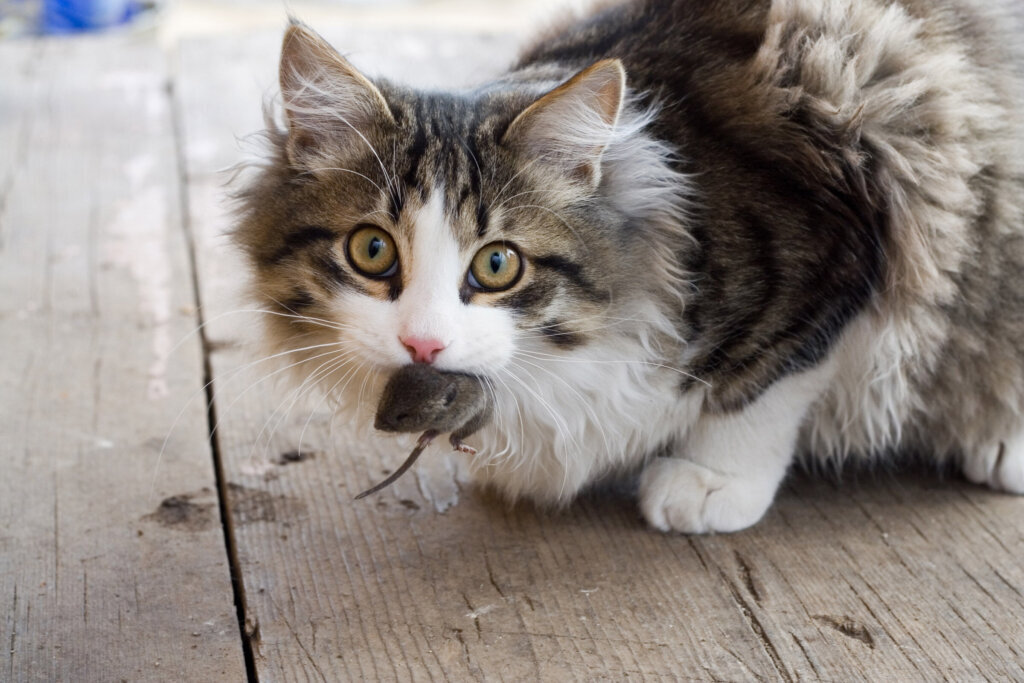A new study recommends pet owners keep their cats indoors to limit the dangers their pets might pose to wildlife.
Cracking open the back door to let your cat out may seem harmless, but those daily outings may come with serious risks. Not only to the animals they might encounter but also to cats.
The DC Cat Count survey, conducted by the University of Maryland and published in Frontiers in Ecology and Evolution, studied cat activity across 1,500 D.C. area locations. The project collected data from 60 wildlife cameras to gain an understanding of how cats overlap with wildlife.
From their findings, some of the biggest concerns include the spread of diseases like rabies and a cat’s natural instinct to hunt and kill wildlife.

When allowed to roam outside, the survey found that domestic cats have a 61% chance of being in the same place as raccoons, a 56% chance of running into Virginia opossums and a 61% chance of encountering red foxes. Each encounter with those — and other wildlife — increase the chances of cats getting into a fight and bringing home rabies.
The study also found that cats instinctively hunt small native wildlife like chipmunks, mice, rabbits and groundhogs. As prolific hunters, those natural instincts can greatly reduce an area’s biodiversity.
Both domestic and feral cats pose a serious threat to birds in any given area.
Peter Marra, head of the Smithsonian Institution’s Migratory Bird Center and author of “Cat Wars: The Devastating Consequences of a Cuddly Killer,” is quoted in the Smithsonian Magazine noting “free-ranging domestic cats kill 1.3-4 billion birds and 6.3-22.3 billion mammals annually.”
The study concludes that cat lovers should bear the responsibility in keeping their feline friends indoors.
Like WTOP on Facebook and follow WTOP on Twitter and Instagram to engage in conversation about this article and others.
Get breaking news and daily headlines delivered to your email inbox by signing up here.
© 2022 WTOP. All Rights Reserved. This website is not intended for users located within the European Economic Area.
